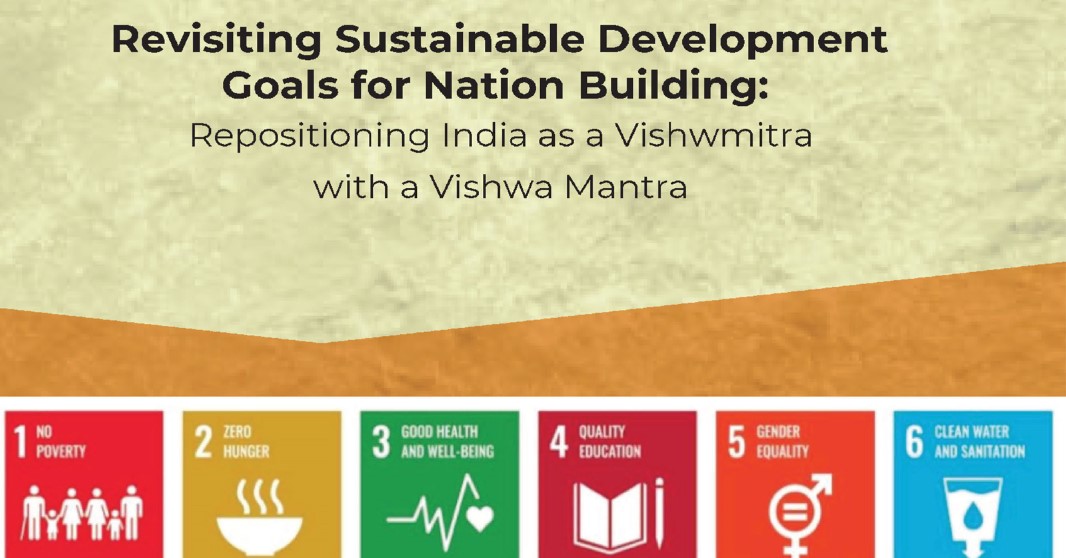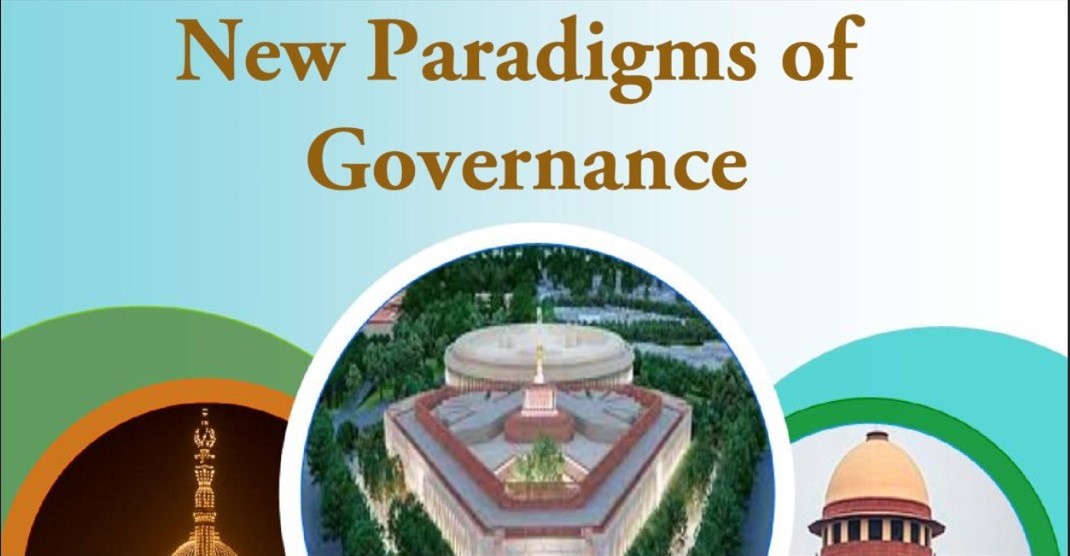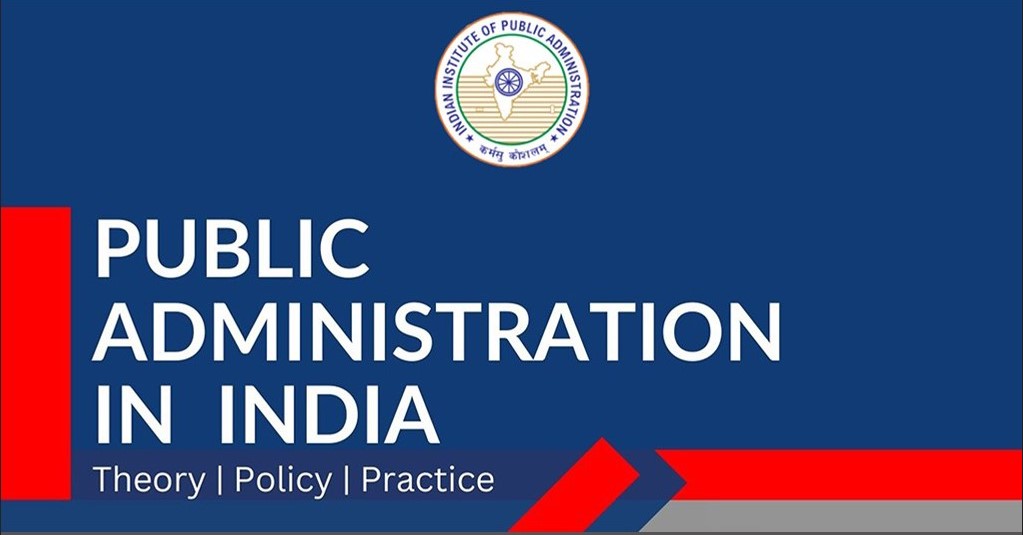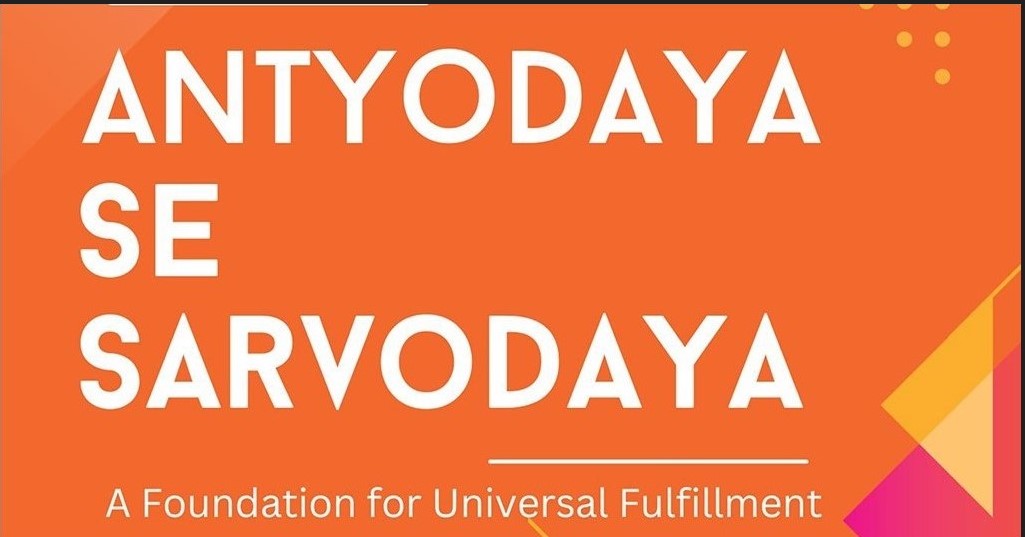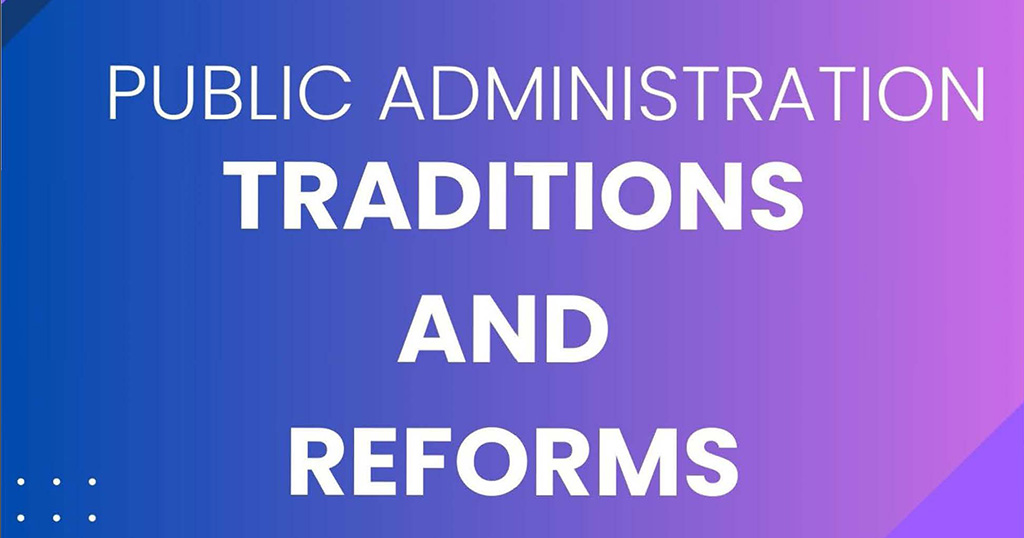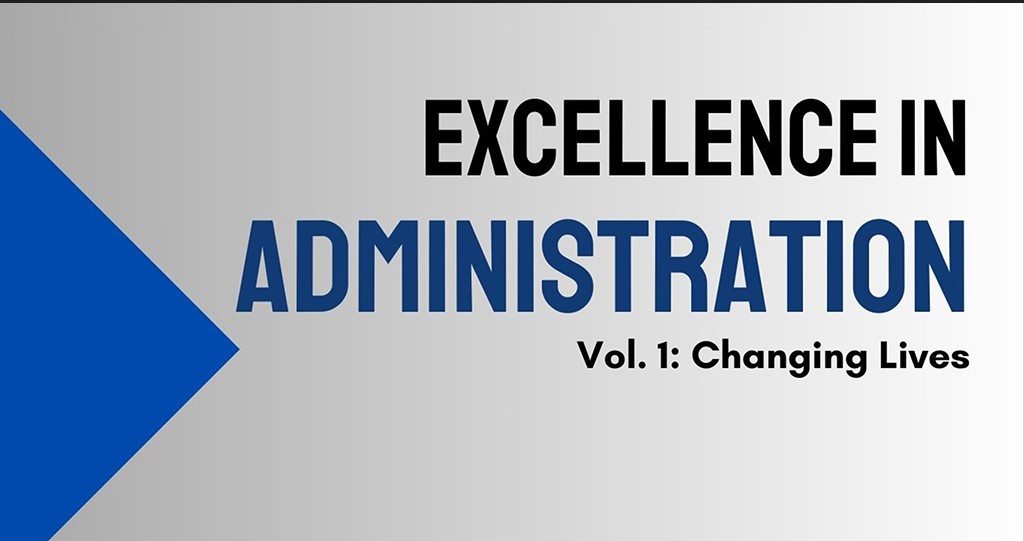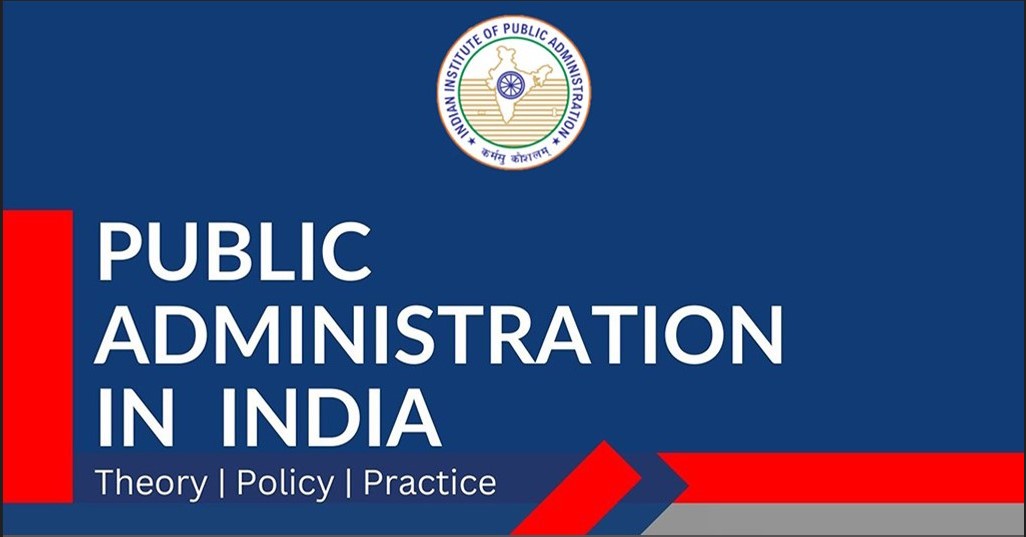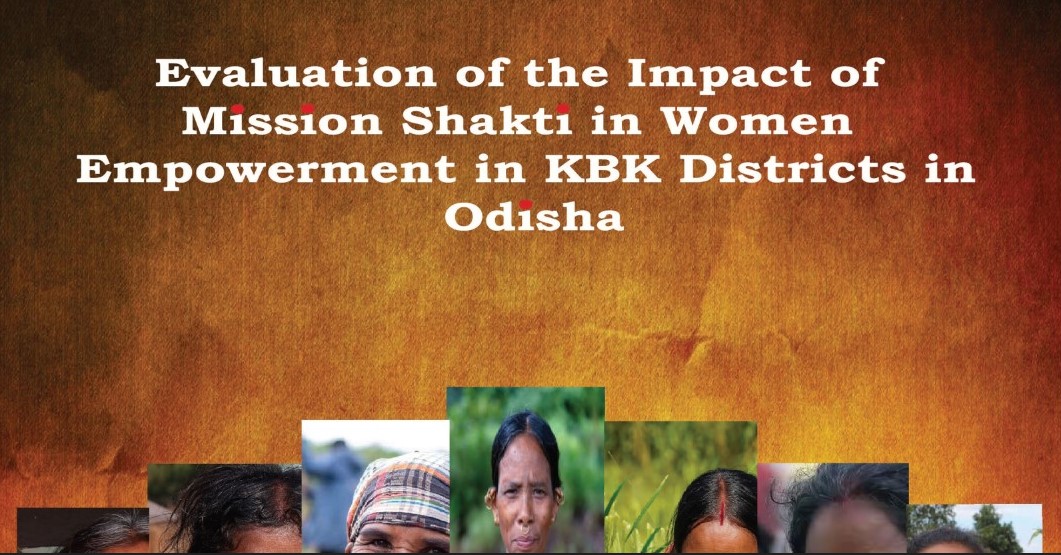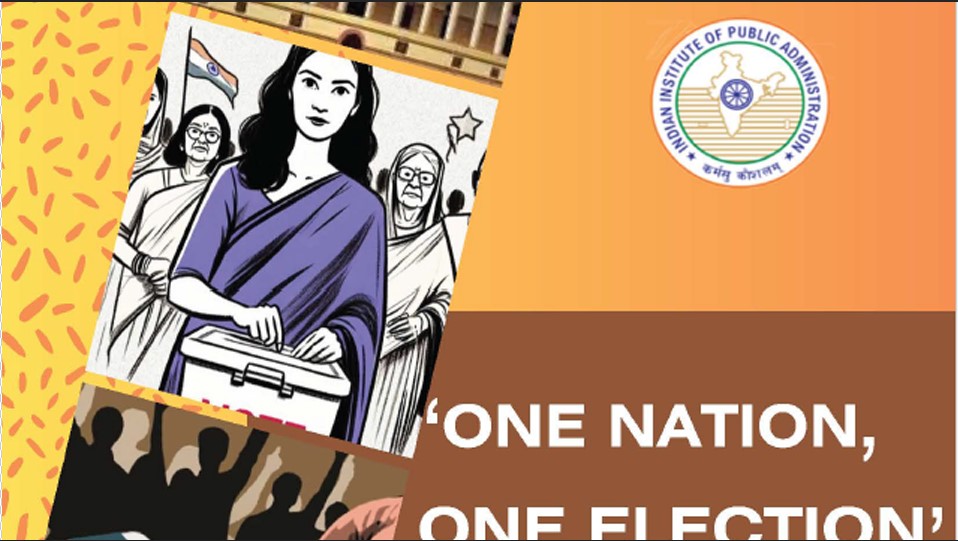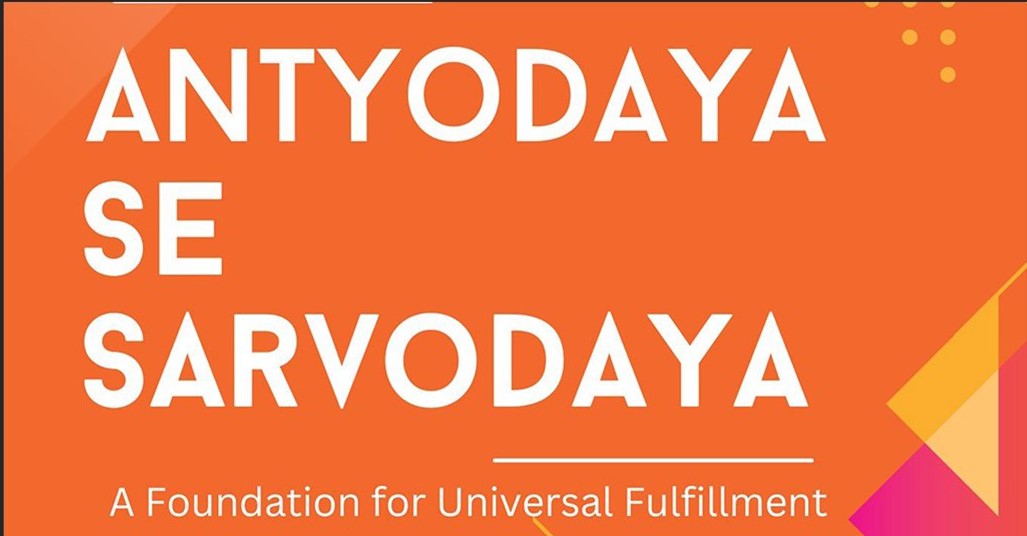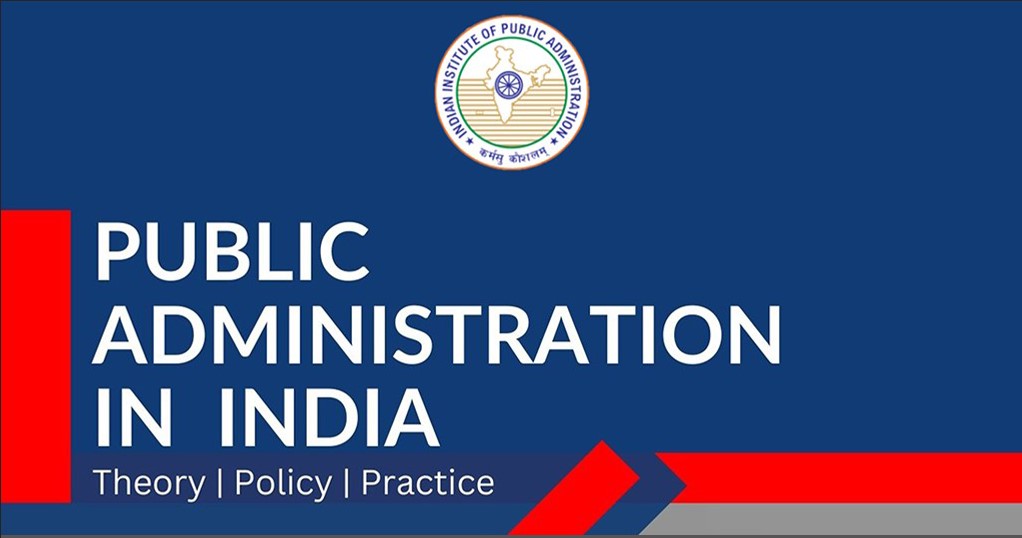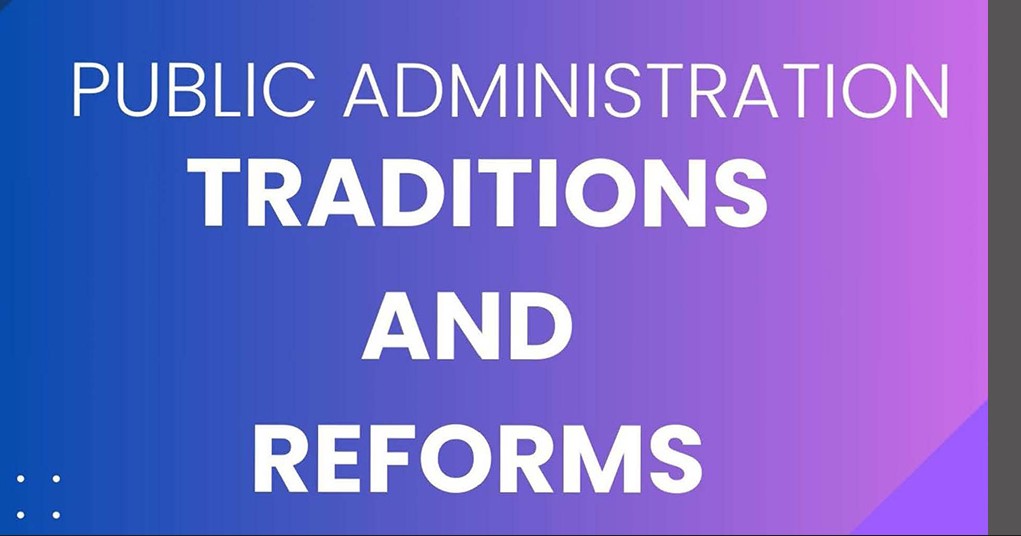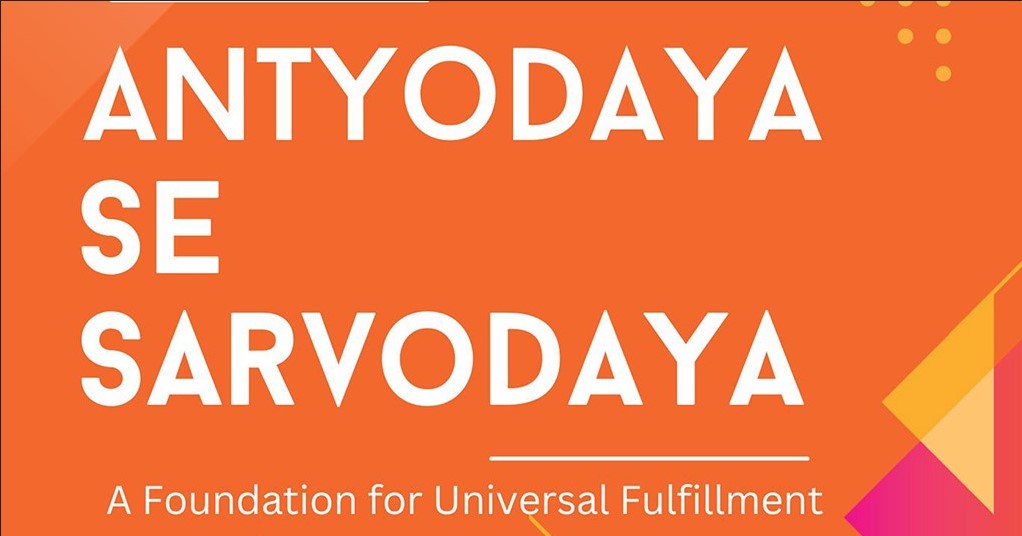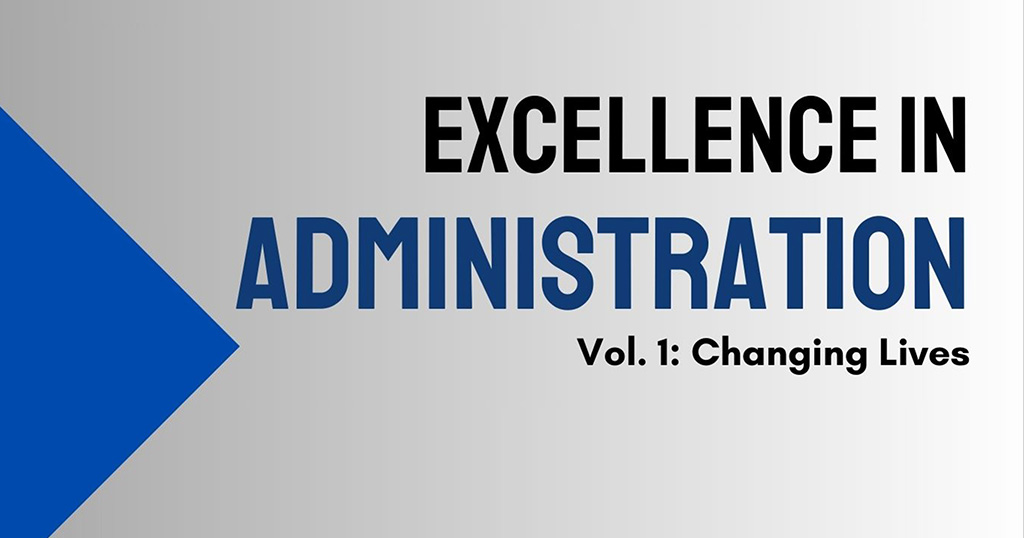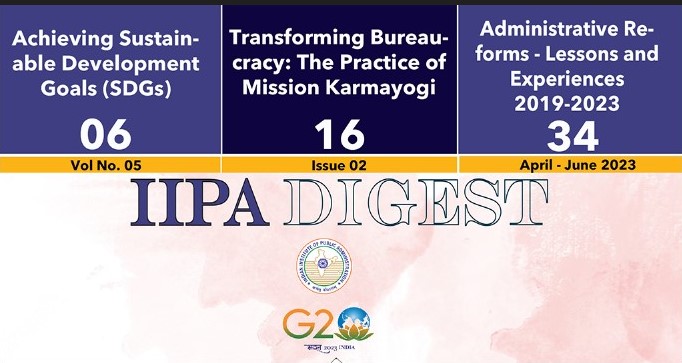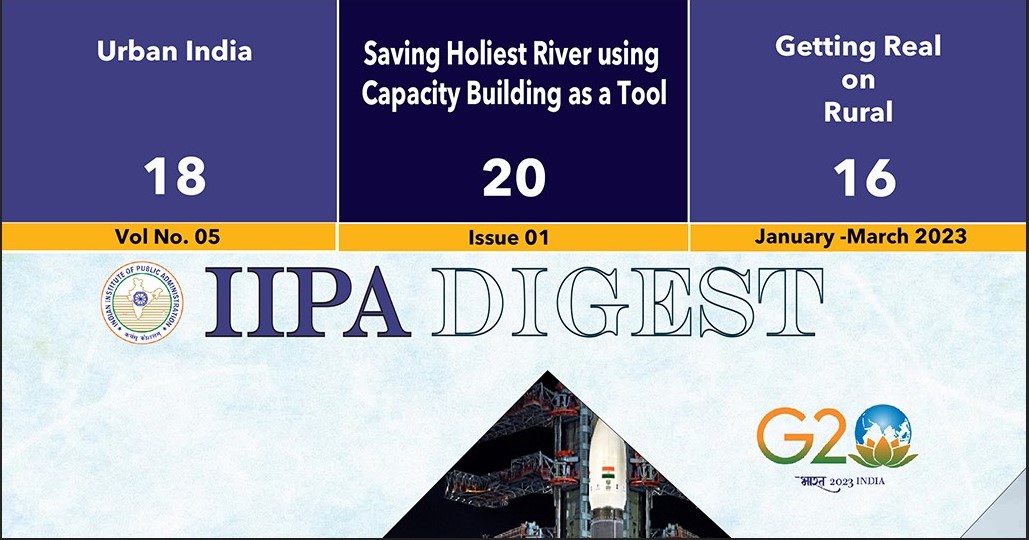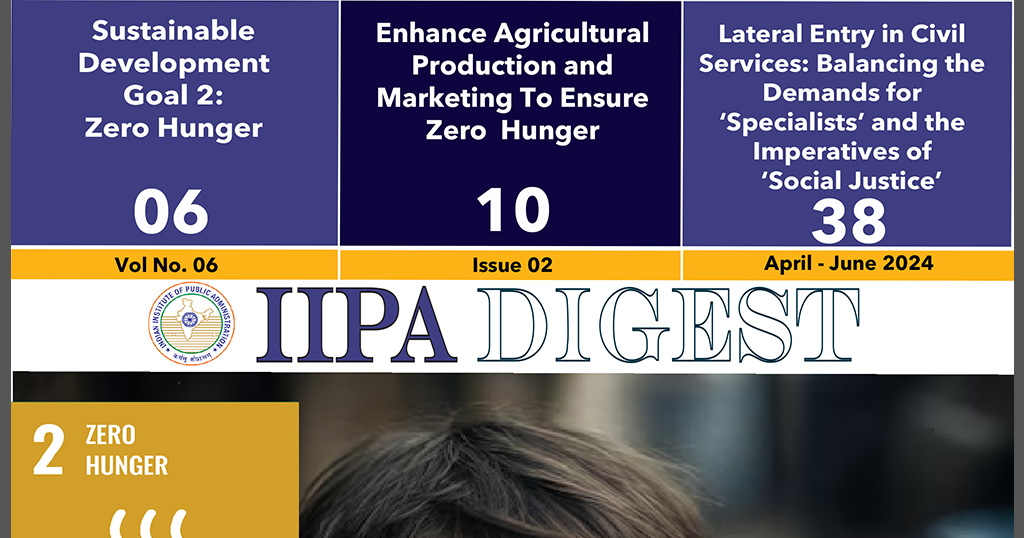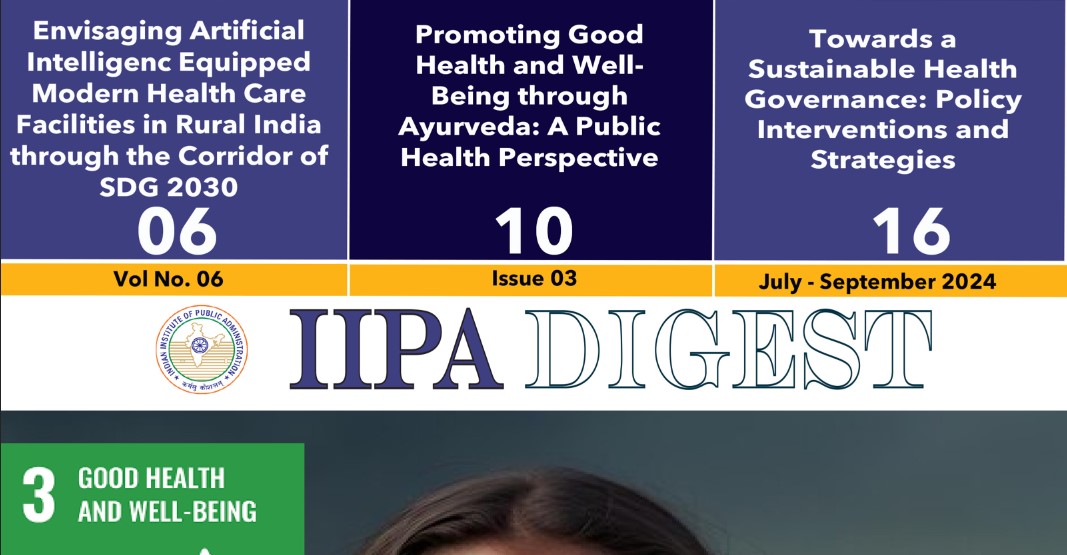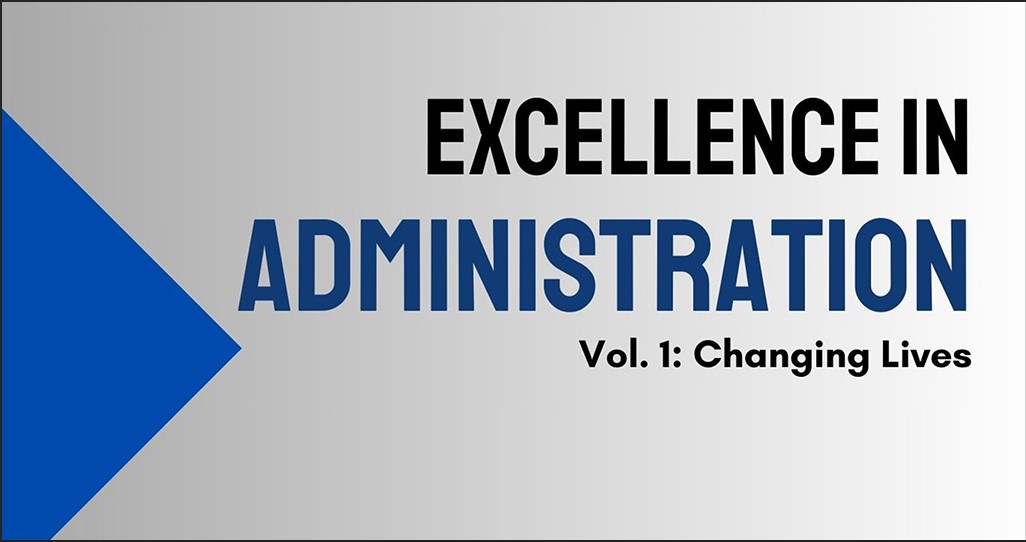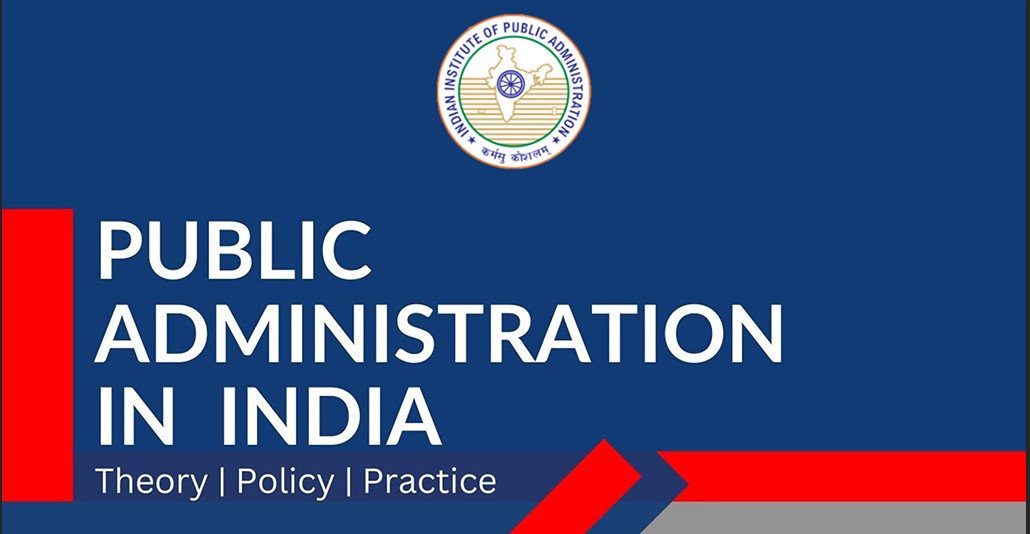Urban local/Municipal Governance: Main Features, Structures, Finance and Problem Areas
20. Summary
This document cover brief and pointed framework of the detailed process of urban local /municipal governance in India with special reference to main features, structure, finance and problem/attention areas. It is noted that urban sector will pay decisive role in the growth story of India @ a Viksit Bharat @2947.It is important to note and underline that political economy in India is giving gradual attention to develop systems and procedures for urban majority India in 2047.The Government of India has launches urban missions in last one decade which have yielded positive results.
On the other hand, 74th Constitution Amendment Act of 1993 and its follow up has achieved reasonable success in wider representation, fiscal devolution and decentralisation up to town hall. The bottom-up awareness and involvement in a manner of co-operative federalism and Janbhagidari at grass root level are fairly weak and need attention. Similarly, the devolution of funds and functions is not yet over as per requirements of Urban Local Governments (ULGs). Finally a set of points are included as problem areas for wider cognizance and attention. Finally, it is observed to revisit 74th CAA in current context and also attempt a National urban Policy and state urban policies to have a pointed and concerted approach towards urban majority India which is inclusive, productive, pro-poor and sustainable.
20.1 Urban Local Governments (ULGs) in India
India has 8000+ urban centres out of which 4766 are statutory towns having the status of urban local government as per recent survey of Indian City System by Janaagrah (2022)1. These urban centres are divided into three categories namely Municipal Corporations, Municipal Councils/Bodies and Town Panchayats. Remaining are census towns which have been given status of urban based on changes in their economic profile as per laid down norms by successive census operations2.In addition there are also Cantonment Boards which manage the areas primarily occupied by armed forces. 461 million urban population in India is likely to add another 416 million by 2050 with a total share of urban population exceeding 50% landmark3.
20.2 Increasing Focus on Urban India
Urban development is a state subject in the federal structure of India. Accordingly urban local Governments (ULGs) are created by states under article 243 of constitution of India. As elsewhere ULGs in India also got special attention as part of globalization (1990s) and global cooperation for Habitat I and II (1976 to 1996) giving special attention on living conditions of Human Settlements. These deliberations on urban areas reached to consensus that Think Globally and Act Locally4 It was argued that ‘globally tailor the structure for the Act done locally’ meaning to address local needs in the process of public administration.
Accordingly, India renamed the Ministry of Works and Housing in 1985 to create its first ever Ministry of Urban Development (right now known as Ministry of Housing and Urban Affairs-MoHUA) followed by creation of National Commission on Urbanisation (NCU) to have a comprehensive assessment of urban sector for necessary corrective actions. NCU had wider consultations across the country at different levels of stakeholders and expertise5. Subsequently the Government of India came up with promulgation of 74th Constitution Amendment (Seventy fourth) Act (CAA) of 1993 - a landmark intervention which provided constitutional recognition to ULGs as a viable unit of self-governance and local democracy6.
At the same time, the Govt. of India now through Ministry of Housing and Urban Affairs has initiated Urban Mission since last 10 years to strengthen existing local government functions/services covering sanitation, mobility, housing, infrastructure finances and governance, in a sense of cooperative federalism. The missions gave due regard to bottom-up planning with top-down support. The Missions brought central and state level cooperation with final implementation at ULGs in each of the mission components covering Smart Cities Mission, PMAY (Pradhan Mantri Awas Yojana), AMRUT (Atal Mission for Rejuvenation and Urban Transformation) and SBM (Swachh Bharat Mission), Deen Dayal Upadhyay National Urban Livelihood Mission (DDNULM)and National Heritage Mission.
Despite above initiatives, India is lacking a comprehensive urban policy as suggested by New Urban Agenda of Habitat II. Although India prepared a draft National urban Policy in 2018, it is yet to take a final shape. However the state of Kerala has come up with its State Urban Policy a first of its kind in India to shape urban areas as per requirements for Viksit Bharat-India @20478.
20.3 74th Constitution Amendment Act of 1993
The main features of 74th CAA specifically include:
1. Continuity and wider representation in the elected body, blocking the practice of frequent suspension by states in the article 243 U to ensure bottom-up leadership and wider representation (33 to 50 percent to women only with reservation to other weaker sections). Accordingly only dissolution of elected body of ULGs is possible with fresh elections within six months.
2. Provision of Metropolitan/District Planning Committees (MPC/DPC) to consolidate plans of urban and rural local bodies within the respective jurisdiction and address distributional and jurisdictional aspects of infrastructure, services and financial resources (article 243 ZD and ZE)10 in the context of alternate city boundaries covering administrative, physical city and city region. However, non-functions of these two committees prevents basic purpose to consolidate rural and urban planning at grass-root level. (Box-1)
3. Creation of ward committees as per Article 243S consisting of one or more ward with a population of 3 lakh and more. People’s participation as envisaged in the amendment is still half-way done. Firstly, all the functions are not transferred to ULGs. Secondly, the people’s participation becomes difficult in the wake of vertical and horizontal structure of agencies. The wards committees have not operated in a grass root manner and remained on paper for planning, resource mobilisation, implementation and social safety covering police and people interface at grass root level.
4. Creation of State Finance Commission (SFC) as per article 243Y and insertion of clause 280 (bb) and (c) the constitution to amend terms of reference of National Finance Commission to directly allocate funds for urban local governments and rural local governments (Panchayats)11.
5. Point 4 above has paved way for a quantum jump in the intergovernmental grants (fiscal transfers) with the provision state finance commissions (N/S FC) constituted after each five years12. It has brought a normative base and predictability in transfers along with allocation of untied funds. It also provided local elasticity and autonomy to prepare a bottom-up budget at ULG level.
6. The recent allocation by Fifteenth NFC (2021-2026) has for the first time covered urban agglomerations as a single unit for environmental, productivity and quality of life considerations. The amount of grant has gone a quantum jump from Rs.1000 crore (Xth NFC-1995-2000) to Rs 2000 Crores by (XI NFC-2000-2005) and Rs.121055 crores (XVth NFC2021-2026)12.
7. The CAA also made a provision of 18 functions as per 243 W to be handled by ULGs as per schedule XII in the constitution. (Chart 1) These functions do not include natural disasters. However, the Disaster Management Amendment Bill passed by parliament on March 25, 2025 has made special provision to create Urban Disaster Management Authority (UDMA) for state capital and Municipal Corporations in addition to State /District DMAs. which will open scope for higher engagement of urban institutions in the disaster management.
Chart 1: Municipal Functions in India
20.4 Complimentary Actions
The structure promulgation of CAA also followed the procedural support with specific Codes, Acts, Byelaws, Rules and regulations which include:
i. Urban Development Plan Formulation (1997),
ii. Model Municipal Law (2003),
iii. National Municipal Accounting Code (2001),
iv. Solid waste Management Rules (2016),
v. Urban Street Vendors Act (2014 and 2024),
vi. National Policy on Faecal, Sludge and Septage Management (2017),
vii. National Urban Housing and Habitat Policy (2007),
viii. SOPs (Standing Operating Procedures), guidelines, manuals checklists etc for different areas of actions
ix. Follow up on insertion of clause (bb) and (c) in the article 280 (3) of constitution giving a reference to National Finance Commission to directly allocate funds to ULGs14, and
x. The reform agenda under different schemes and programs covering investment, finance, operation and maintenance particularly during last ten years with the launch of urban missions15.
The complimentary actions have strengthened urban governance at grass roots level with efficiency in services, housing, infrastructure, safety, transparency and accountability.
20.5 New Localism and Development Dynamics in Urban Development
The 74th CAA and its follow up has given due cognizance to new localism which tends to devolve powers to ULGs in line with national policy objectives on productivity, environment, climate change, access to services and grievance redressal16. The complimentary actions as above have provided a legal and institutional frame-work to address each of the indicators of new localism and development dynamics based on citizen participation and integration of elected and non-elected functionaries for a common purpose to have a balanced, pro-poor, productive and sustainable market of ULG services. Status and adequacy of new localism and development dynamics shows mixed results with significant achievements along with equally important gaps and corrections as may be seen from following points:
As stated earlier the schedule XII (243W) and Finance Commission devolution (243Y) tends to address the expansion of services in line with New Localism. Yet, the De-facto status of devolution of functions and finances is substantially different due to specific reasons:
• There has been a significant improvement in representation and continuity of ULGs and normative allocation with continuity and better application. Yet, the two clauses (243W and Y) are discretionary in nature and allocation of functions has dominance of respective states due to existence of para-statals and para -municipal agencies17.These agencies are not accountable to ULGs and in-turn local residents.
• Similarly, during the Post GST (Goods and Services Tax) era, many taxes that have strong urban bias (show tax, entertainment tax, service tax on restaurants, etc.) have been subsumed in GST, but there proceeds are not in the divisible pool of consolidated funds to be shares with ULGs.
20.6 Finances of ULGs
Historically municipal finance in India began with Lord Rippons resolution and has covered a long journey up to 74th CAA (Box 2). Although, as a follow up of CAA special attention has been given to accounting, budgeting and resource mobilization reforms18. It has made significant impact in the liquidity of funds at municipal level. Yet, the finances of ULGs in India still have vertical and horizontal imbalance in terms of liquidity and need to meet expenditure requirements.
The gap reflecting mismatch between revenue and expenditure requirements leads to a low equilibrium trap covering low mobilization of own sources, discretionary allocation/accountability and inadequate delivery of services. (Chart 2)
Chart 2: Low Equilibrium Trap
20.7 Structure of Municipal Finance
Sources of Money for ULGs include Taxes, Non-Tax, Grants and loans whereas application of money (expenditure) covers establishment, o&m (operation and maintenance), investment (capital expenditure) and debt repayment. Income and expenditure are managed under a detailed frame-work of accounting, budgeting, auditing and capacity building including manpower deployment at ULG level. (Chart 3)
Chart 3: Structure of Municipal Finance
As the urban development is state subject, the de-jure and de-facto powers to levy taxes vary from state to state. There is a long list of taxes in respective municipal Acts but only a few are levied by ULG covering PT (Property Tax), Water Tax, Animal Tax etc. Non-tax covers Advertisement and building license fee along with issuance of birth and death certificates and charges for municipal assets (Community Hall, stadium crematorium etc.) and rents on municipal properties. Yet, after abolition of Octroi, property Tax (PT) is the main stay of municipal finance as part of non-tax revenue. Water charges (where ever the service is delivered by ULG), Building license fee and development charges and are normally levied by ULGs19.
Fiscal transfers include revenue sharing from national and provincial governments. 74th CAA has rationalised the transfers and has made them transparent and normative20. This is realized through recommendations of successive finance commission at national and state level (Article 243Y). These transfers cover untied fund and grants based on performance, specific purpose and capital projects.
Borrowing powers are governed by states in line with Local Authorities Loan Act 191421. However, due to lack of due borrowing capacity/creditworthiness ULGs, by and large fail to secure commercial loans. Therefore, ULGs depend on soft loans as part of specific schemes or program or bilateral/multilateral arrangements.
Yet another stream of funds include Municipal Bonds initiated with issuance by Bengaluru Municipal Corporation in 1997 and later by Ahmedabad Municipal Corporation in 1998. GoI also issued guidelines for municipal bonds in 2001.
Participatory funding or Local Elasticity is another external source based on convergence of resources and synergy from a range of stakeholders such as (i) constituency funds of members of parliament, legislative council, CSR (Corporation Social Responsibility) funds and local contributions (contribution from citizen in the form of cash, labour and management responsibility22.
20.8 Size of Municipal Finance
Size of municipal finance has remained static to around one percent of GDP. The recent estimates in a world bank/RBI study put the MF around 1 to 1.3 percent of GDP as compared to significantly high share in Brazil (7.4) and South Africa (6) Poland (4.5). This created a low equilibrium trap leading to weak accountability and inadequate delivery of services23. (Chart-4)
Chart 4: Own Source in Municipal Finance in India
20.9 Own Source Income
Municipal own sources constitute 44% of revenue income. However, the size of own sources is declining over a period of time. (Chart-4) Declining dependence on source funds is a matter of concern for ULGs and reflects low yields from taxes, fee and other sources23.
The Property Tax (PT) share in GDP in India is noted as point 16 percent in 2010 as compared to developing economies average (0.60) whereas global average was1.0424. The reasons for underutilization of PT base are attributed to low coverage, static rates and inadequate collection. Large chunk of properties falling within unauthorized colonies, slums, squatters, urban villages are not covered. The rates for example Delhi (since 2001) are not revised. The information of demand collection and balance is not updated.
Non tax sources constitute around twenty percent of own sources. Recent data suggests that the share of Non tax income has undergone marginal increase in recent years. This confirms that cities are making consistent efforts to raise revenue from user charges and fee25.
20.10 External Sources
Fiscal transfers are governed by recommendations made by National and State finance Commissions (NFCs/SFCs). There has been a quantum jump in the allocation by NFCs and SFCs. Yet, the due share to ULGs is not allocated due to (i) exclusion of ULGs from GST (which subsumed couple of taxes of local nature levied by ULGs). At the same time states could not constitute the SFCs timely and the normative basis of state allocation show a great deal of variation (Box 3).
20.11 Capital Expenditure/Investments
Capital Expenditure as stated earlier is largely made through soft loans, grants. Yet, bonds and commercial loans are also used, although at relatively low scale. The issuance of municipal bonds can be seen under two phases wherein a total 22 municipal bonds amounting to Rs 1200 Crores were issued by 1997. Subsequently till 2005 couple of ULGs issued bonds. Later, after a thirteen years gap in 2018 with Pune Municipal Corporation issued Rs.100 Crores followed by few other cities such as Indore, Hyderabad, Ghaziabad, Lucknow, Baroda, Rajkot etc. These bonds also include green bonds which got promoted by specific guidelines from Security and Exchange Board of India in line with GoI commitment on climate change.
20.12 Commercial Loans
Overall availability of capital expenditure is fairly low (Box-4). Further, there is a vertical imbalance in the size of municipal capital expenditure. It is noted that municipal corporations occupy major pie (82%) of capex as compared to only 18 % capex by remaining 3800 ULGs. Yet the MCs have a vast potential to expand capex to the tune of twenty time their existing debt stock26. Size of municipal finance is also particularly high among four major (Maharashtra, Tamil Nādu, Karnataka and Gujarat) states who occupy nearly one third of urban population.
Data suggests high reliance on guaranteed lending carrying soft loan for urban infrastructure. Only 2 % investments in the urban infrastructure are drawn from market loans on commercial basis. This is caused by Imbalances in the creditworthiness of ULGs which need due correction to enable urban India to implement urban awakening towards national vision to become a developed nation @India 2047.A couple of actions are needed to improve municipal creditworthiness. (Box-5)
20.13 Politics and Administration
Enactment of 74th CAA introduces a significant change in politics and administration of urban areas. it has established continuity in the elected body leading to existence of local leaders in decision making. Initially the enactment and follow up yielded positive results with special reference to:
• Continuity in elected body among different types of ULGs along with existence of local elected leaders leading to a bottom-up creation of gradual leadership.
• Promotion of women leaders as per reservation of at least one third seats which were raised to fifty percent in most cases.
• Development of leaders associations like All India Council of Mayors.
• Development of City Managers Association (Gujrat).
• Some states like Andhra also had Association of chairpersons of Municipalities
• Timely Auditing with the involvement of CAG (Comptroller and Auditor General of India.
As the urban development is state subject in the federal structure of India, the state leadership and bureaucracy adopted a go-slow approach and did not devolve the requisite powers and functions to ULGs. Accordingly, over a period of time the existence of elected body got affected by one or other type of reluctance or go-slow approach of respective states. It is striking to note that as many as 1400 elected bodies of ULGs were not in place as of September 202127.It is, therefore, important to strengthen elected bodies with their due existence as per article 243U of 74th CAA.
Certain services like water, sanitation(sewage), poverty alleviation and land/housing are handled by state para-statals or para- municipal agencies28.These agencies are not duly accountable to ULGs and follow instructions from state. Further, they also not share their profit with ULGs despite the recommendation by Second Administrative Reform Commission29.In addition it is also noted that the para-statals or para municipals have huge amount of liability to be paid to ULGs on account of deficiency charges become due after transfer of respective area or service from such agencies.
Deployment of staff in ULGs is fairly poor as compared to requirements. Many cities do not have exclusive Executive Officer, Planner or Engineer. One functionary in such cases have to serve two or more ULGs. Accordingly, Local cadre of municipal staff needs to develop across the ULBs along with suitable capacity building initiatives. In this regard The Mission Karma Yogi (MKY) of Government of India is emerging as a viable support to develop a role based on line training for urban functionaries. It will improve local administration significantly.
20.14 Areas of Attention /Problem Areas
On the whole ULGs have undergone a significant change in their structure, finances and adequacy of services. The ULGs have adopted principles of new localism, development dynamics leading to increasing recognition in political economy. At the same time, ULGs still suffer from a mismatch between funds, functions and functionaries (manpower capacity) with fiscal stress and lack of financial autonomy to meet requirements of their mandatory functions. The areas for specific attention as emerge from preceding analysis are:
i. Absence of National and state Urban Policy to guide, handhold and strengthen urban institutions in a consolidated and coordinated manner.
ii. Decentralisation and empowerment of ULGs has only reached up to town hall effectively. Grass root decentralisation with bottom-up awareness, engagement and participation is fairly low.
iii. Local participation the key for JanBhagidari- in the urban governance need development of suitable systems and procedures in the form of institutional (effective ward committees) and fiscal framework (participatory budgeting).
iv. Lack of exclusive fiscal powers to ULGs for a balance between funds and functions at municipal level.
v. The provision of Discretionary powers to the states on funds and functions have developed a go slow approach with regard to devolution of land, town planning and water supply.
vi. Weak revenue base of ULGs (property tax, Advertisement tax etc.) with inadequate coverage, poor assessment and low recovery along with failure to apply double entry accounting system, asset management and timely auditing, and performance budgeting.
vii. Inadequate sharing of intergovernmental resources (i) inclusion of GST in the pool of divisible funds for NFCs/SFCs, (ii) municipal ability to meet salary budget from own sources
viii. Untapped potential of City GDP covering Value Capture Finance (VCF) / monetization of land.
ix. Weak institutional capacity capacity missing on the job training for revenue mobilisation, circular economy (waste management) and better upkeep of municipal assets (o&m).
x. Lack of Uniform formats for better and comparable financial management and assessment.
xi. Low incidence of PPP/out sourcing to enhance the coverage of municipal services.
xii. Municipal inability to tap Local elasticity for mobilising local resources in cash, kind (labour), management responsibility along with CSR funds. Best practices already in place need assessment, recognition and formatting for wider dissemination.
xiii. Nonexistence or poor functioning of MPC and DPC leading to ad-hoc assessment for devolution from higher levels of government.
xiv. Finally, given due regard to above, there is a need to revisit the 74th CAA to make due corrections /amendment at central level and follow up by states.
Endnotes
1. Annual Survey of India’s city system, Janaagraha, 2023
2. Urban status is accorded by census of India on three conditions namely (i) density 400persons per square km, (ii) deployment of 75% of male workforce in non-agriculture sector and (iii) a population size of of 5000 people.
3. UN (2018), World Urban Prospects
4. https://unacademy.com/content/upsc/study-material/public-administration/global-local-debate/
5. NCU had workshops, seminars, meetings at state and city levels involving elected leaders and executives on specific themes and also assigned research studies to evolve a line of action on relevant issues.
6. https://www.education.gov.in/sites/upload_files/mhrd/files/upload_document/74amend.pdf
7. Habitat III (2016 Queto) has presented a model for National Urban Policy.
8. Hindu, 30 March, 2025
9. ibid
10. ibid
11. Constitution of India : (bb) the measures needed to augment the Consolidated Fund of a State to supplement the resources of the Panchayats in the State on the basis of the recommendations made by the Finance Commission of the State; (c) the measures needed to augment the Consolidated Fund of a State to supplement the resources of the Municipalities in the State on the basis of the recommendations made by the Finance Commission of the State;
12. https://unhabitat.org/discussion-paper-september-2018-municipal-finance-in-india
13. Respective NFCs
14. ANI, March 25, 2025.
15. https://www.constitutionofindia.net/constitution_of_india/finance__property__contracts_and_suits/articles/Article%20280
16. These include Smart Cities Mission, Swachh Bharat Mission, Atal Mission on Rejuvenation of Urban Areas, Deen Dayal Upadhyay National Urban Livelihood Mission, PM SvaNidhi, Pradhan Mantri Avas Yojana and National Urban Heritage Mission etc.
17. Op.cit.
18. These include State Housing/Water/sewage Boards, Development Authorities, City level water/swage agencies etc.
19. NNURM and Urban Missions have promoted a reform agenda for double entry accounting, participatory budgeting, timely auditing and issuance of municipal bonds.
20. Kk Pandey (UN Habitat -2018) Discussion Paper on Municipal Finance.
21. IIM (B) :2015: Finance Urban Local Bodies in India, Working Paper No. 493; p.11&12
22. World Bank (2022), Financing India’s Urban Infrastructure Needs.
23. Ibid 15
24. Ibid 15, 17
25. Economic Survey 2022
26. Ibid 15
27. Ibid 15
28. Ibid17
29. As per CAGs Duties, Powers and Conditions of Service Act 1971(2, 17)
30. Hindu, 7 April, 2024 giving reference to Annual Survey of India’s City System of Janaagraha.
31. These include Housing Boards, State water/sewage agencies, State Public Works Department, State Urban Development Authority and para municipal-jal sansthan (UP)or water sewage boards at city level(Hyderabad, Bl’uru, Chennai etc.and Development Authorities in many cities.
32. SARC recommended that land development agencies shoud share fifty per cent of their profit with respective ULGs.
Leave a comment
More articles from Governance & Polity
